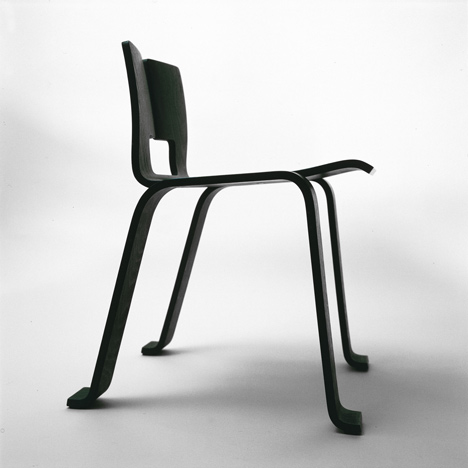
Charlotte Perriand: designer, photographer, activist at the Museum für Gestaltung Zürich
An exhibition of furniture, photography and artworks by pioneering Modernist designer Charlotte Perriand is on show at the Museum für Gestaltung Zürich in Switzerland.
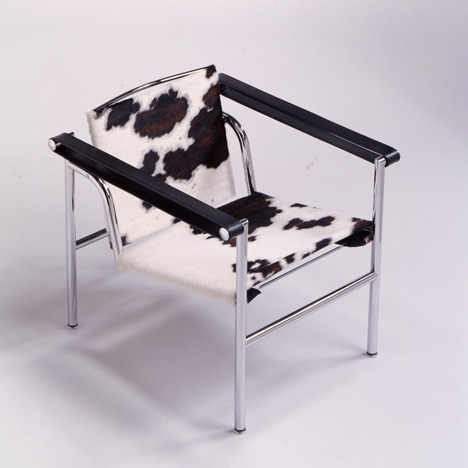
Top image: Charlotte Perriand, Chaise Ombre, original design 1954, © 2010, ProLitteris, Zurich manufacturer: Cassina 2009, photo: Nicola Zocchi. Above: Charlotte Perriand, Fauteuil pivotant, original design 1927, © 2010, ProLitteris, Zurich manufacturer: Cassina 1978, photo: Nicola Zocchi
Entitled Charlotte Perriand: designer, photographer, activist, the show includes furniture, politically charged photo and text collages, and photographs of objects found at beaches and scrapyards.
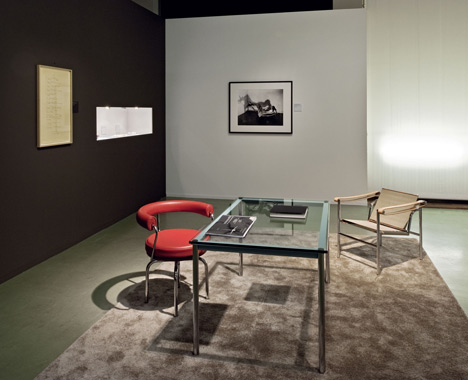
The exhibition continues until 24 October 2010.
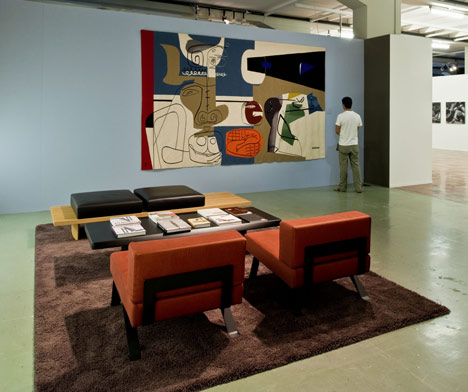
All photographs are by Betty Fleck unless stated otherwise.
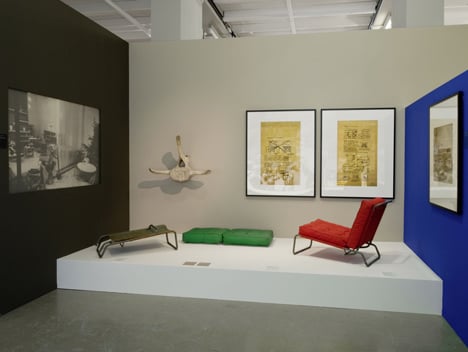
Here's some more information from the museum:
CHARLOTTE PERRIAND designer–photographer–activist
museum für gestaltung zürich 16.7.—24.10.2010
Charlotte Perriand (1903–1999) was one of the most innovative interior architects and furniture designers of the 20th century. She strove not just for innovations in form, but the same time for the improvement of social conditions and quality of life.
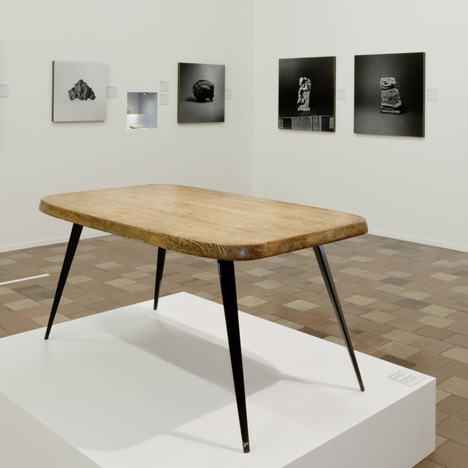
After she developed designs for tubular steel furniture, particularly in cooperation with Le Corbusier and Pierre Jeanneret, she turned torward wood as a natural material in the 1930s, deriving free forms from it. This conjunction of an interest in material and in form – which resulted in designs for shelving, tables, armchairs, and stackable plywood chairs — remained a preoccupation well into the 1950s.
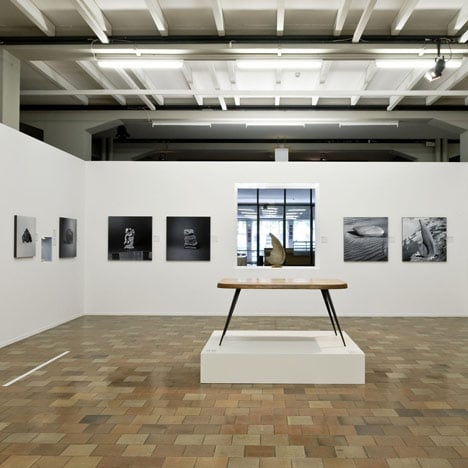
Beginning in the early 1930s, the medium of photography, pursued by her in a radically modernist mode, began to provide important impulses for her work as a whole. Produced now were grandiose arrangements of magical objects found along shorelines or at scrapyards. Charlotte Perriand shared an interest in the poetic aspect of so-called “Art Brut” with Pierre Jeanneret and Fernand Léger, with whom she worked repeatedly during this period.
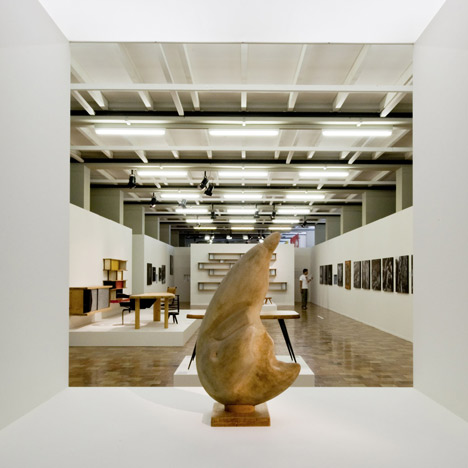
But she also employed the photographic medium for large-format photographic-text collages which she realized for exhibitions to attract the populace. In such powerful ensembles, she united her own photographs with those by other artists to shape pleas addressing societal concerns.
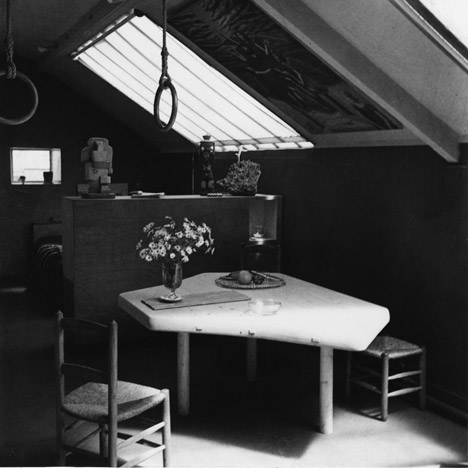
(Above) Atelier Perriand, Montparnasse, 1938, photo: Charlotte Perriand, © AChP / 2010, ProLitteris, Zurich
Special attention is devoted to the themes “landscape” and “architecture” as well as to the “condition humaine,” to the situations of less privileged individuals in both urban and rural settings. In addition, portraits of her produced by photographer friends provide intimate perspectives of her own life.
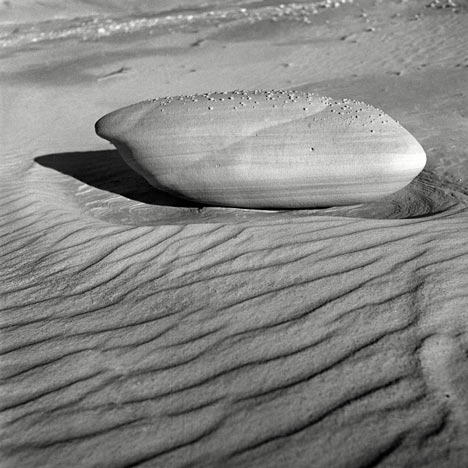
(Above) Charlotte Perriand, Galet sur sable (pebble on sand), photography, © AChP / 2010, ProLitteris, Zurich
This exhibition provides a long overdue opportunity to rediscover this modern pioneer as a furniture designer — some of Charlotte Perriand’s designs are produced to this day — as a photographer, and as a socially committed woman.
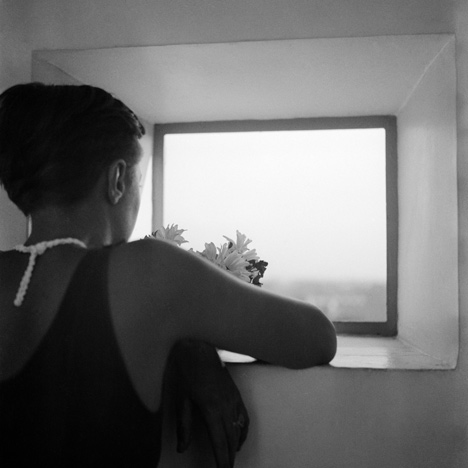
(Above) Charlotte Perriand in her studio in Montparnasse, ca. 1934, photo: Pierre Jeanneret, © 2010, ProLitteris, Zurich.
Back in Paris, where Perriand has lived and worked directly above Fernand Léger’s studio since 1932, the best found objects are selected and photographed, at times jointly with Pierre Jeanneret. Later, they become interested in Parisian scrap yards, where they photograph discarded pieces of metal on site.
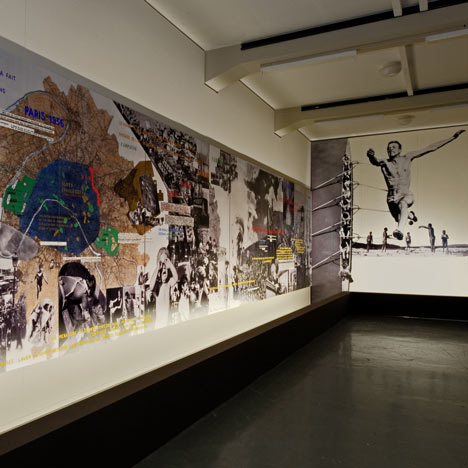
The result is a striking series of poetic images which are referred to as “Art brut”. The uniformity of format and arrangement endows these images with the charac- ter of a series, the renunciation of pedestals and ornamentation reinforces the primordial “thingness” of the objects, while close-up views emphasize their materiality.
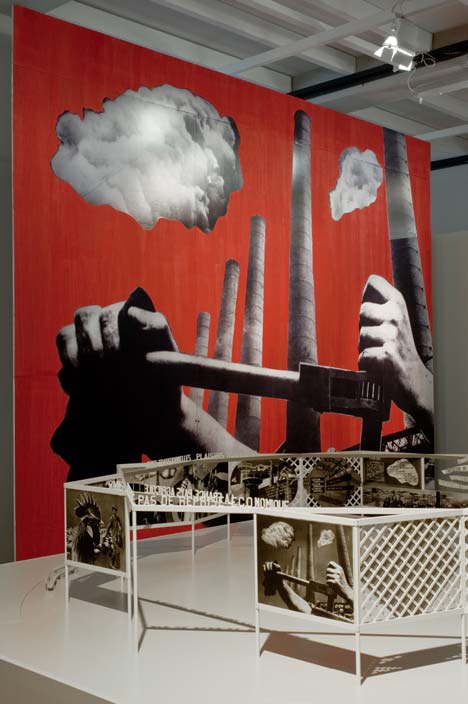
The images also display affinities with Perriand’s furniture from the same period: for the numerous tables, chairs, and armchairs she once again designs independently, she turns now to wood as a natural material, wresting free forms from it beginning in 1935. Her photographs, then, can be regarded simultaneously as autonomous studies in form and as working notes for her creative production as a whole.
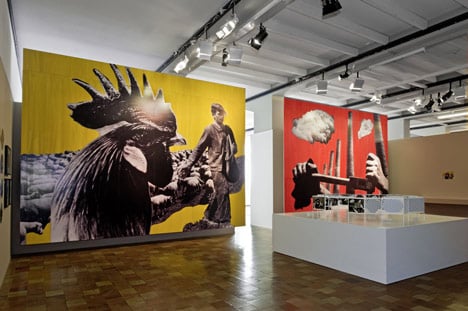
art brut
From 1932 to 1937, Charlotte Perriand regularly under- takes excursions together with Pierre Jeanneret (on rare occasions also accompanied by Fernand Léger) to the coastline of the English Channel near Dieppe, the stone quarries of Bourron, and the forests near Fontainebleau. The wanderers are in perpetual search of magical objects with suggestive natural forms: animal and fish bones, pebbles, flint stones.
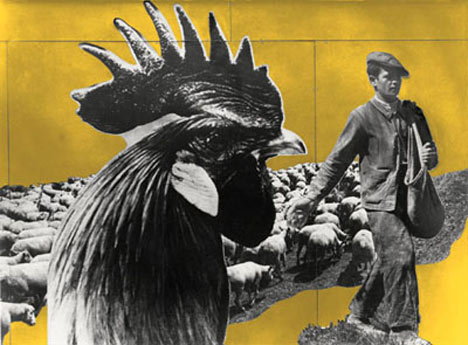
the activist
During the 1930s, Charlotte Perriand becomes politically active. Beyond the designing of exemplary objects, she is now convinced of the necessity for a commitment to constructing a better future. In 1931, in the Soviet Union, she discovers a better world, one filled with promise; in 1932, she becomes a founding member of the “Association des écrivains et artistes révolution- naires (AEAR).”
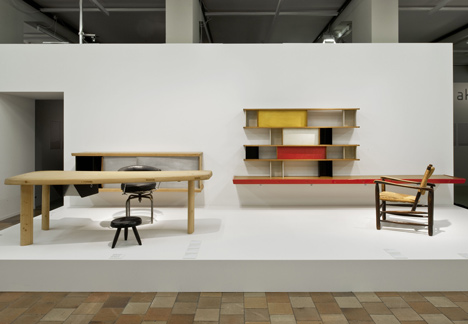
From this point onward, she deploys design resources in a purposeful way to galvanize the masses and convey to them the visions of the avant- garde. In the tradition of Russian agitprop (El Lissitzky, Aleksandr Rodchenko), she exploits in particular the medium of the photo-collage with superimposed text. “Nothing reveals more, nothing inflames more than images,” writes Kurt Tucholsky as early as 1912, ideally through “contrast and juxtaposition.
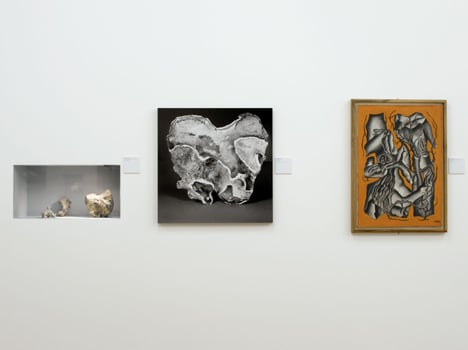
And with very little text.” Tucholsky’s collaboration with the artist John Heartfield is legendary. After 1930, the photomontage conditions the appearance of numerous politically-motivated publications; in Italy, it is deployed for fascist propaganda. At the 1937 Exposition Internationale in Paris, mural-sized frescoes and photo collages attain a zenith of popularity.
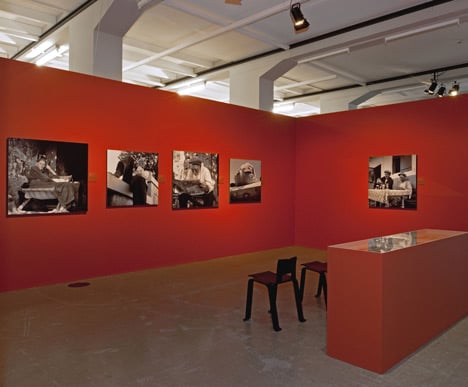
Statistics and plans supply the foundations of Perriand’s didactic work, for which she assembles either pictures from agencies or photographs by Nora Dumas and François Kollar (“La France travaille”). In view of the gigantic dimensions of these projects, she at times enlists the help of her colleagues from the AEAR. In 1937, she recruits Fernand Léger as the co-author of the masterful Pavillon de l’Agriculture.
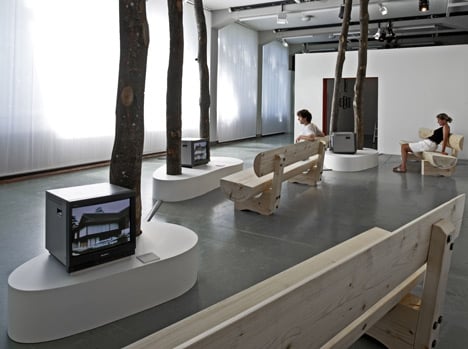
photographer
In 1927, when she is just 24 years old, Charlotte Perriand begins taking photographs. As an autodidact, she uses her camera the way other artists use notebooks or sketchpads. The focus of her professional activities is elsewhere, but she does not remain unimpressed by the newly-discovered medium, which will occupy her interest in particular in the 1930s.
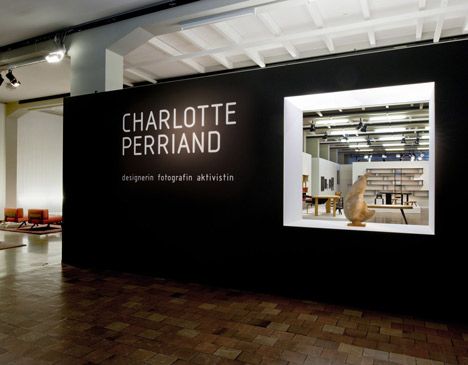
During this period, her involvement with and commitment to Modernism leads to encounters with like-minded individuals such as the Vesnin brothers and El Lissitzky, who she meets during a trip to Moscow, and Laszlo Moholy-Nagy, a co-participant in the fourth meeting of the Congrès Internationaux de l’Architecture Moderne (CIAM), which takes place during and ocean cruise from Marseille to Athens. Initially, Perriandphotographs mainly rooms and buildings, always rejec- ting decorative accessories or classical perspec- tives in conformity with Constructivist principles. She repeatedly documents her own buildings and furniture designs. Later, her photographic work evolves in the direction of depictions of landscapes and social themes.
See also:
.
 |
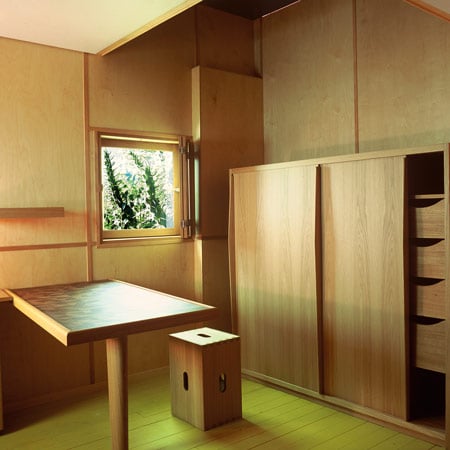 |
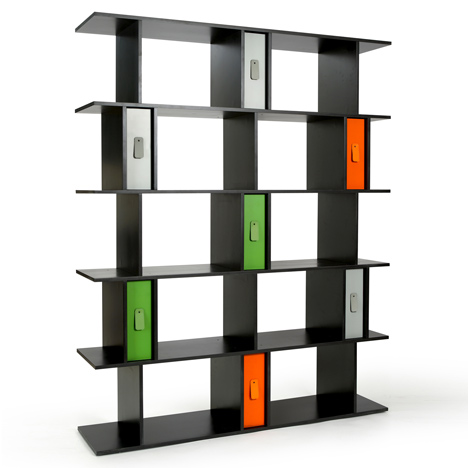 |
| Apartment 50, Unité d’Habitation | Le Corbusier’s Cabanon the interior 1:1 |
More furniture stories |